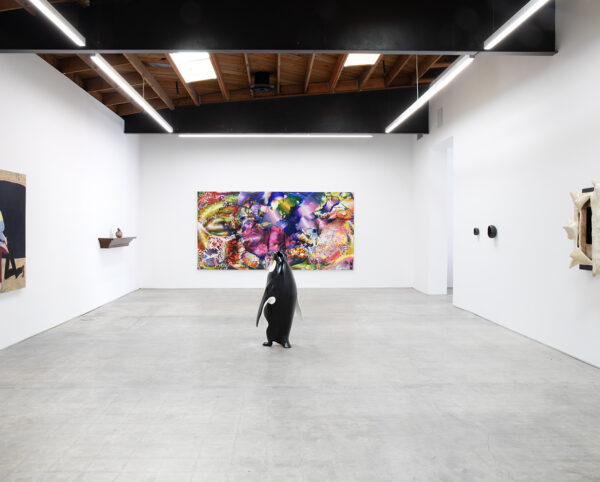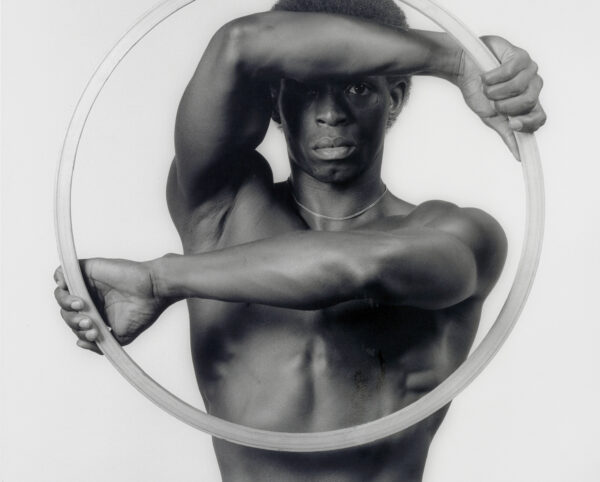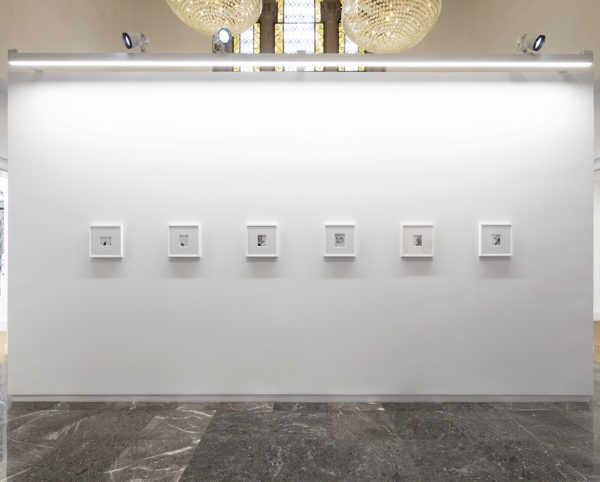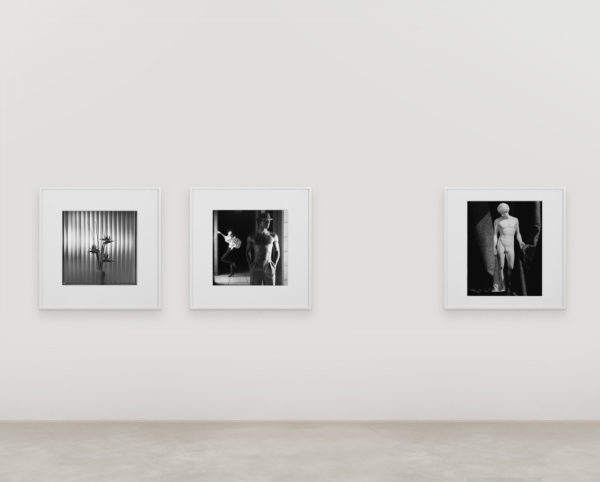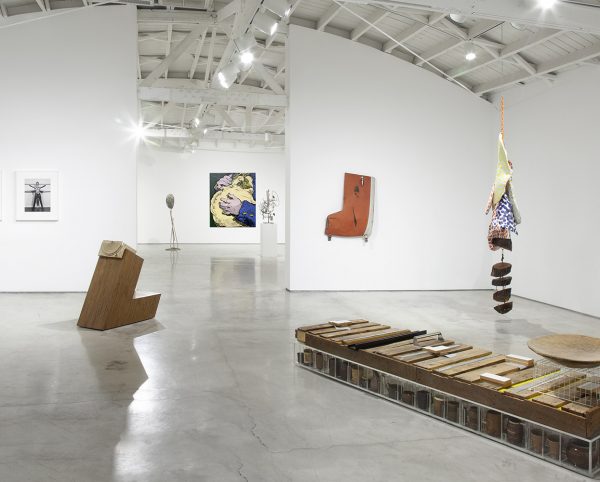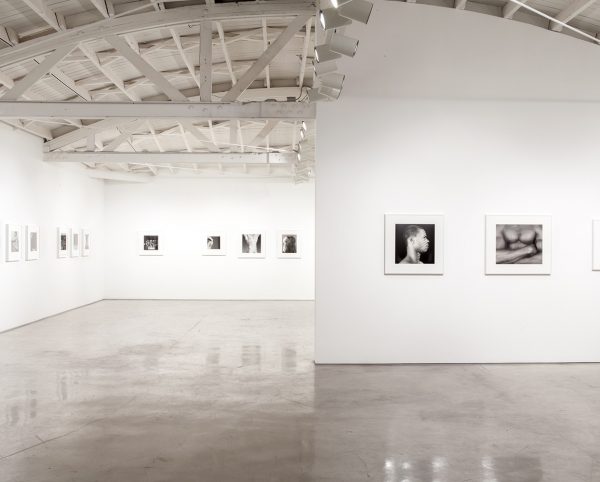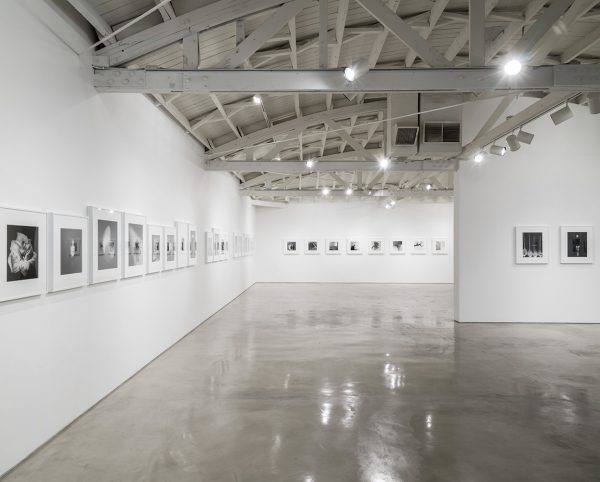Estate of Robert Mapplethorpe
Robert Mapplethorpe is one of the most widely recognized American photographers of the 20th century, known best for his stylized images, including portraiture, nudes, and still life. After studying drawing, painting, and sculpture at Pratt Institute in the mid-60s, he began experimenting with various materials and assemblage, later incorporating Polaroid prints into his collages. During the 70s, Mapplethorpe became primarily focused on photography, using a medium-format camera, increasingly interested in documenting New York’s subculture scene, as well as the friends, artists, musicians, and various people he was acquainted with.
Throughout the early and mid-80s, he produced a wide collection of images that simultaneously challenged and exemplified classical aesthetics, while introducing different techniques and formats, including large Polaroids, photogravure, Cibachrome, platinum, and dye transfer prints. Exhibitions of his work in the late 80s, often controversial in content, sparked debates about public funding for the arts, censorship, First Amendment rights, and broadly, what defines art. His work continues to be the subject of numerous gallery and institutional exhibitions, and is included in the public collections of major museums throughout the world, such as the Guggenheim Museum, The Whitney Museum of American Art, LACMA, and the Getty Museum.
Artworks
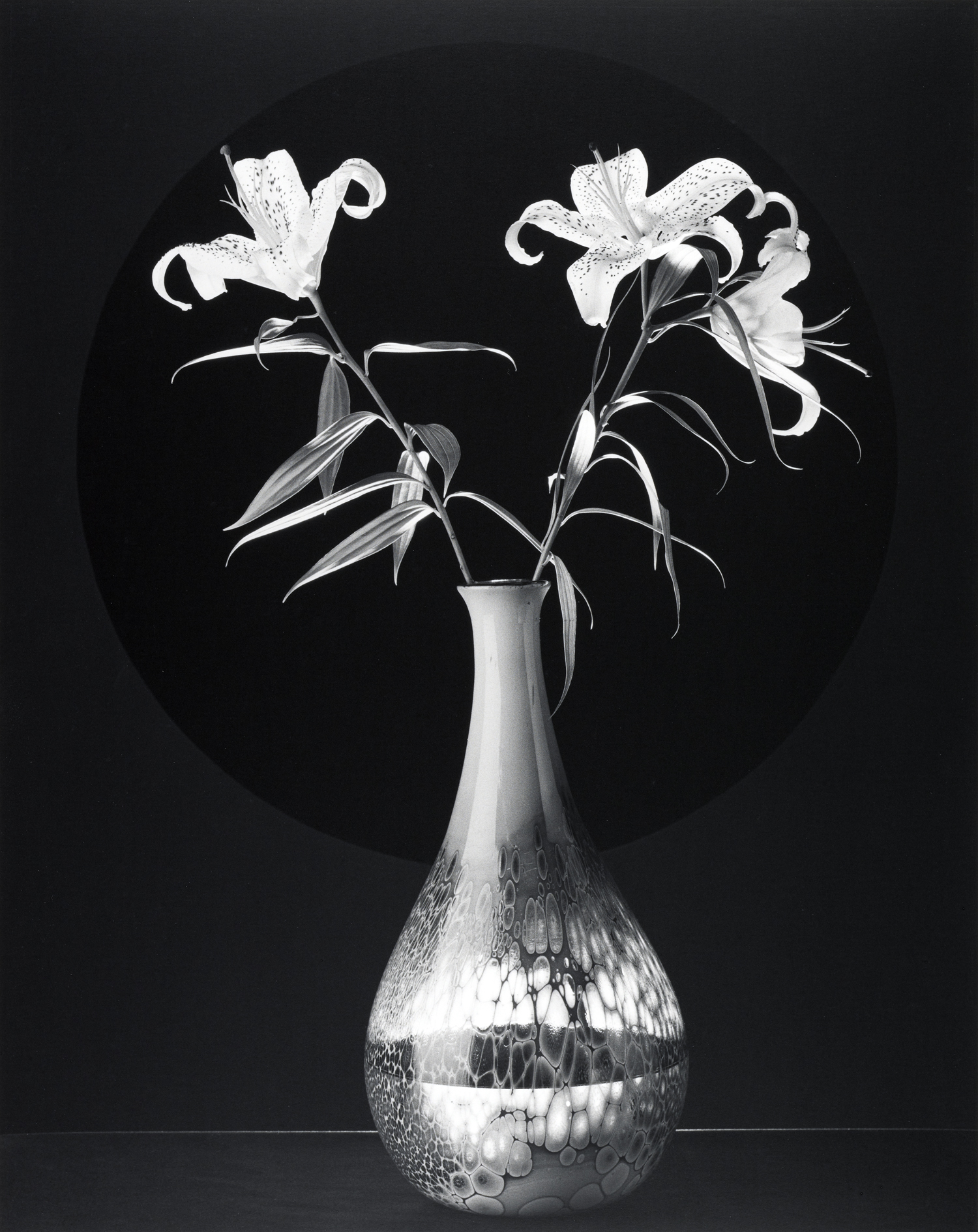
Robert Mapplethorpe
Lily, 1984
Gelatin silver print
Paper: 20 x 16 inches; Image: 13.75 x 13.75 inches
(Paper: 51 x 40.5 cm; Image: 35 x 35 cm)
©Robert Mapplethorpe Foundation. Used by permission.
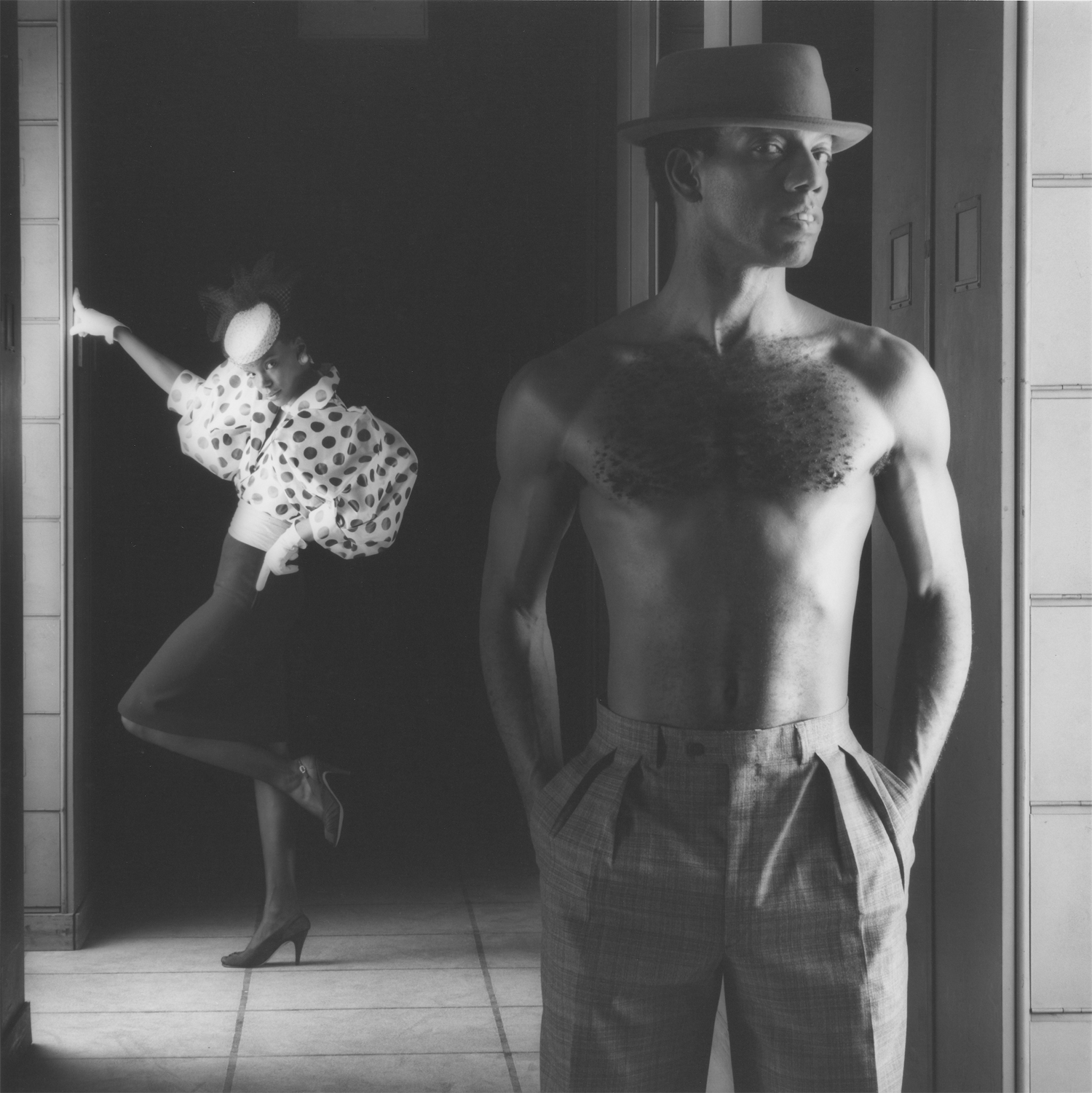
Robert Mapplethorpe
Paris Fashion, 1984
Gelatin silver print
Paper: 20 x 16 inches; Image: 13.75 x 13.75 inches
(Paper: 51 x 40.5 cm; Image: 35 x 35 cm)
©Robert Mapplethorpe Foundation. Used by permission.
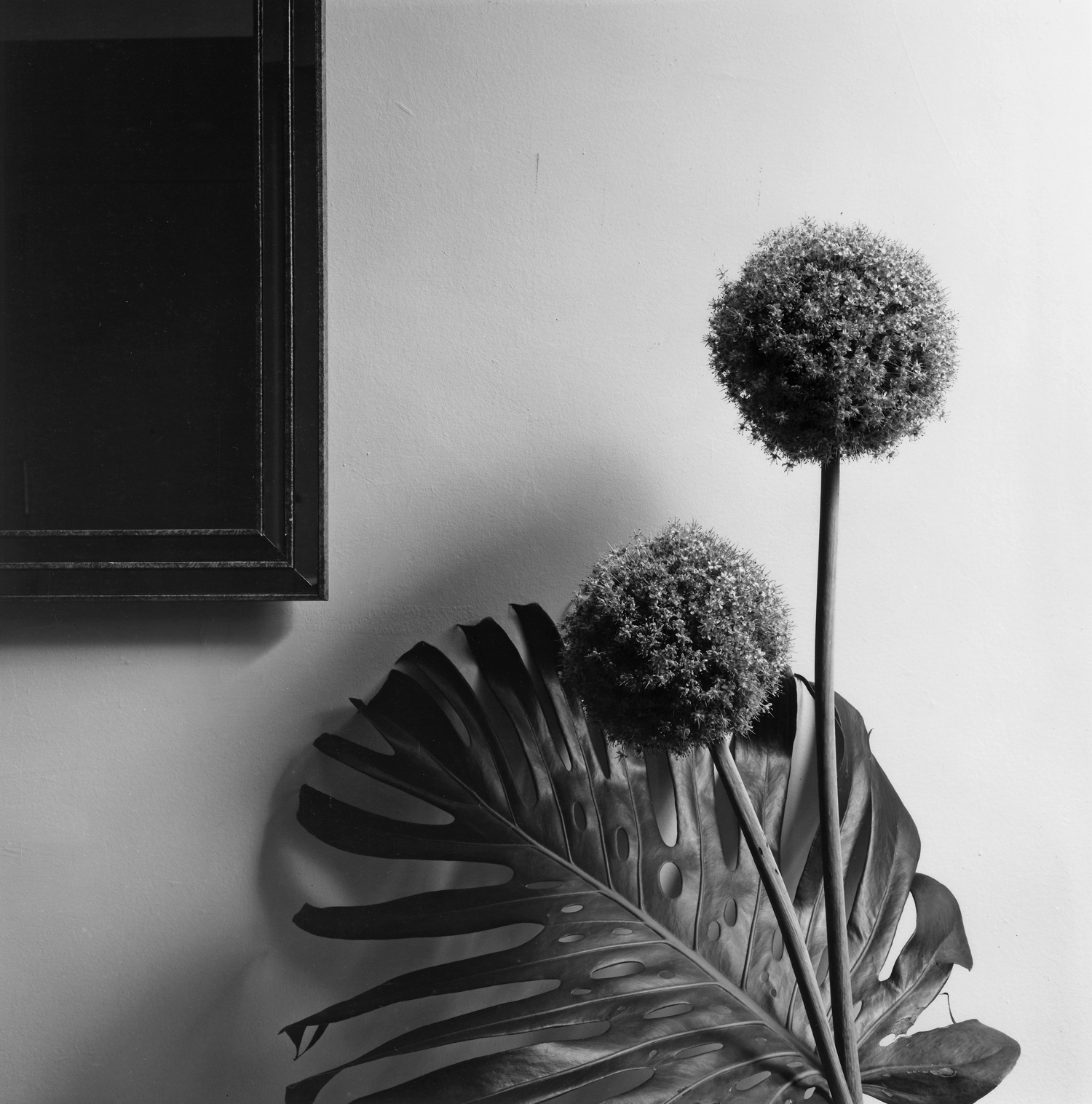
Robert Mapplethorpe
Flower, 1980
Gelatin silver print
Paper: 20 x 16 inches; Image: 13.75 x 13.75 inches
(Paper: 51 x 40.5 cm; Image: 35 x 35 cm)
©Robert Mapplethorpe Foundation. Used by permission.
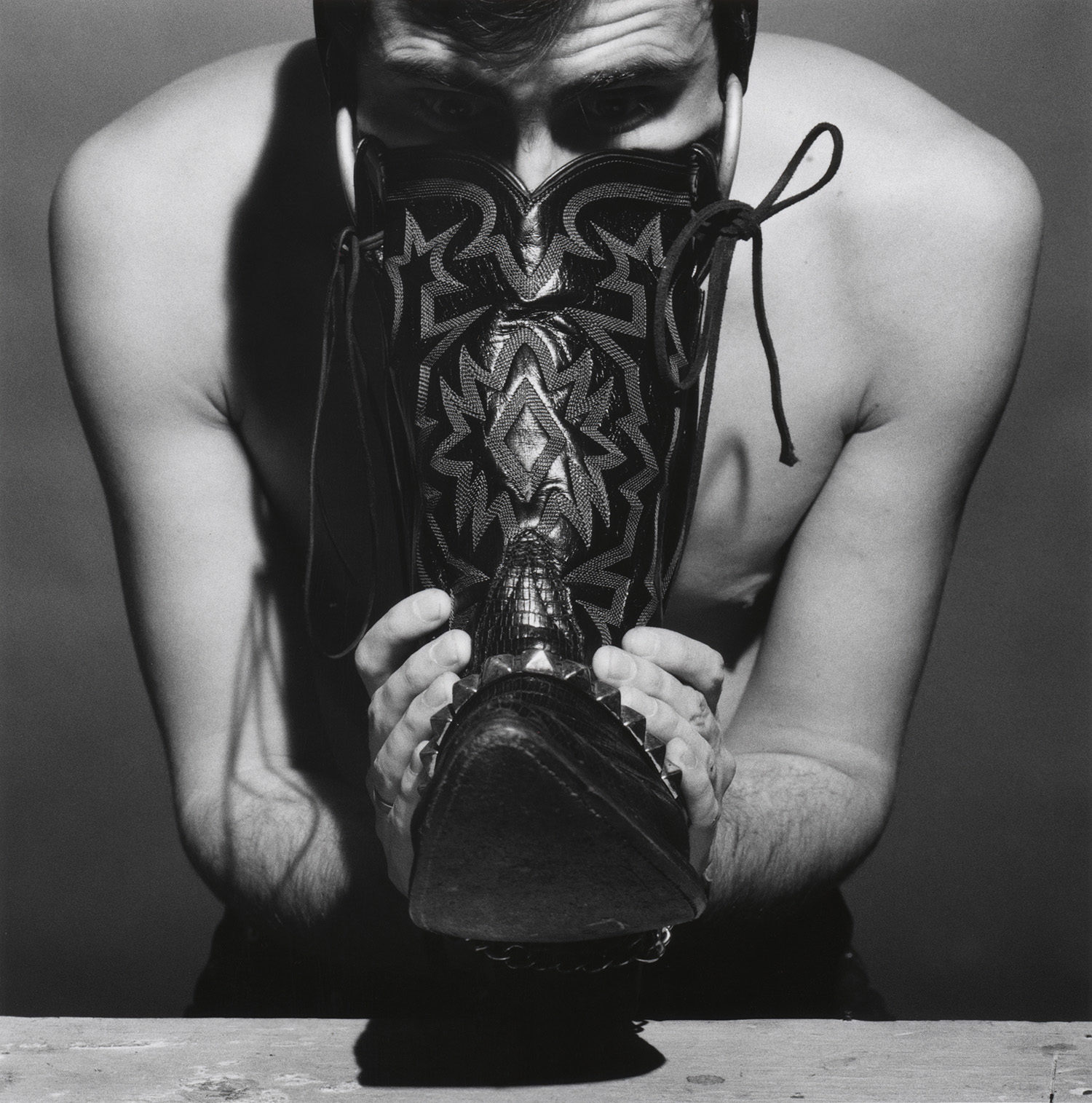
Robert Mapplethorpe
Boot Fetish, 1979
Gelatin silver print
Paper: 20 x 16 inches; Image: 13.75 x 13.75 inches
(Paper: Paper: 51 x 40.5 inches; Image: 35 x 35 cm)
©Robert Mapplethorpe Foundation. Used by permission.
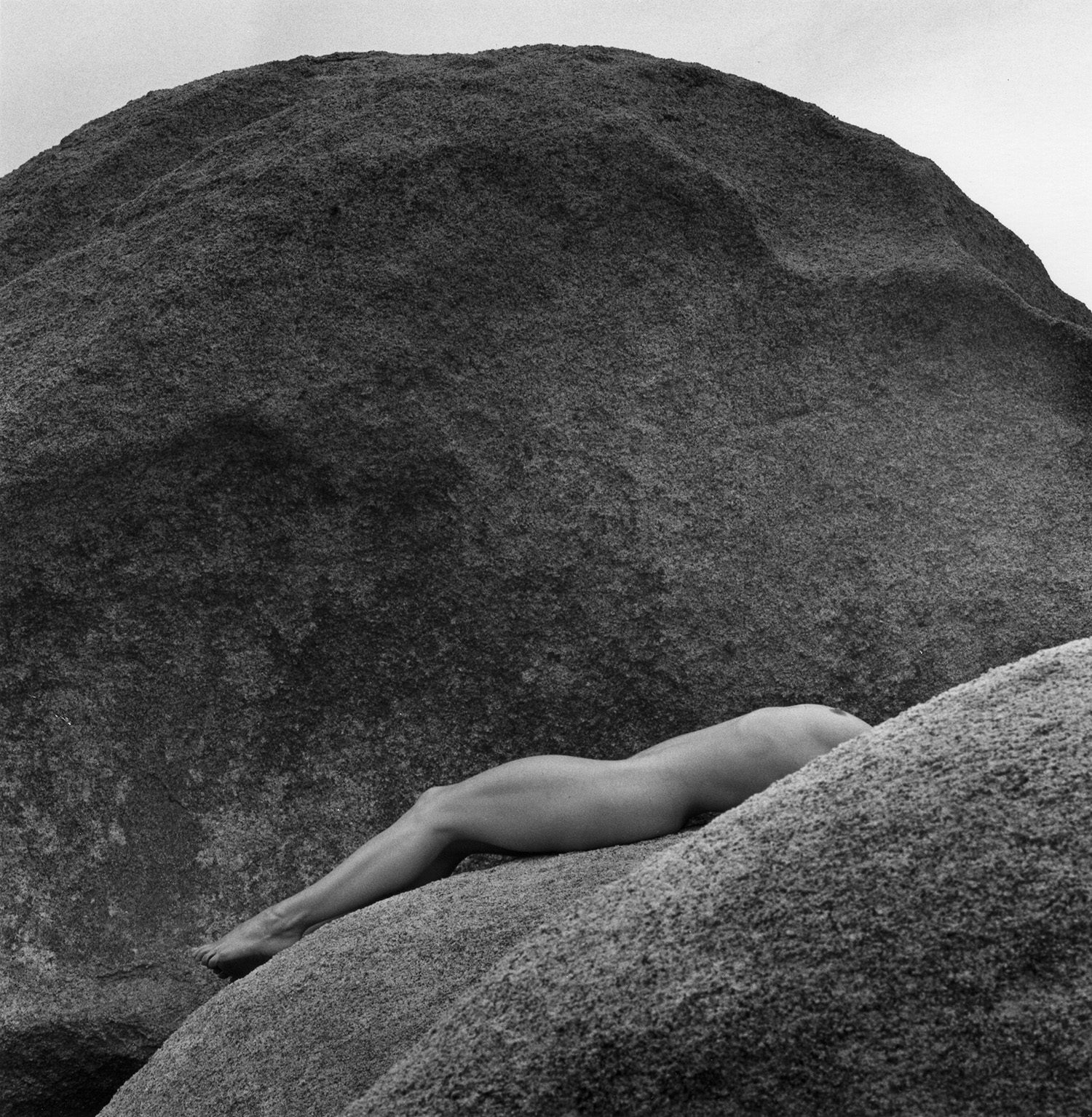
Robert Mapplethorpe
Lisa Lyon, 1980
Gelatin silver print
Paper: 20 x 16 inches; Image: 13.75 x 13.75 inches
(Paper: Paper: 51 x 40.5 inches; Image: 35 x 35 cm)
©Robert Mapplethorpe Foundation. Used by permission.
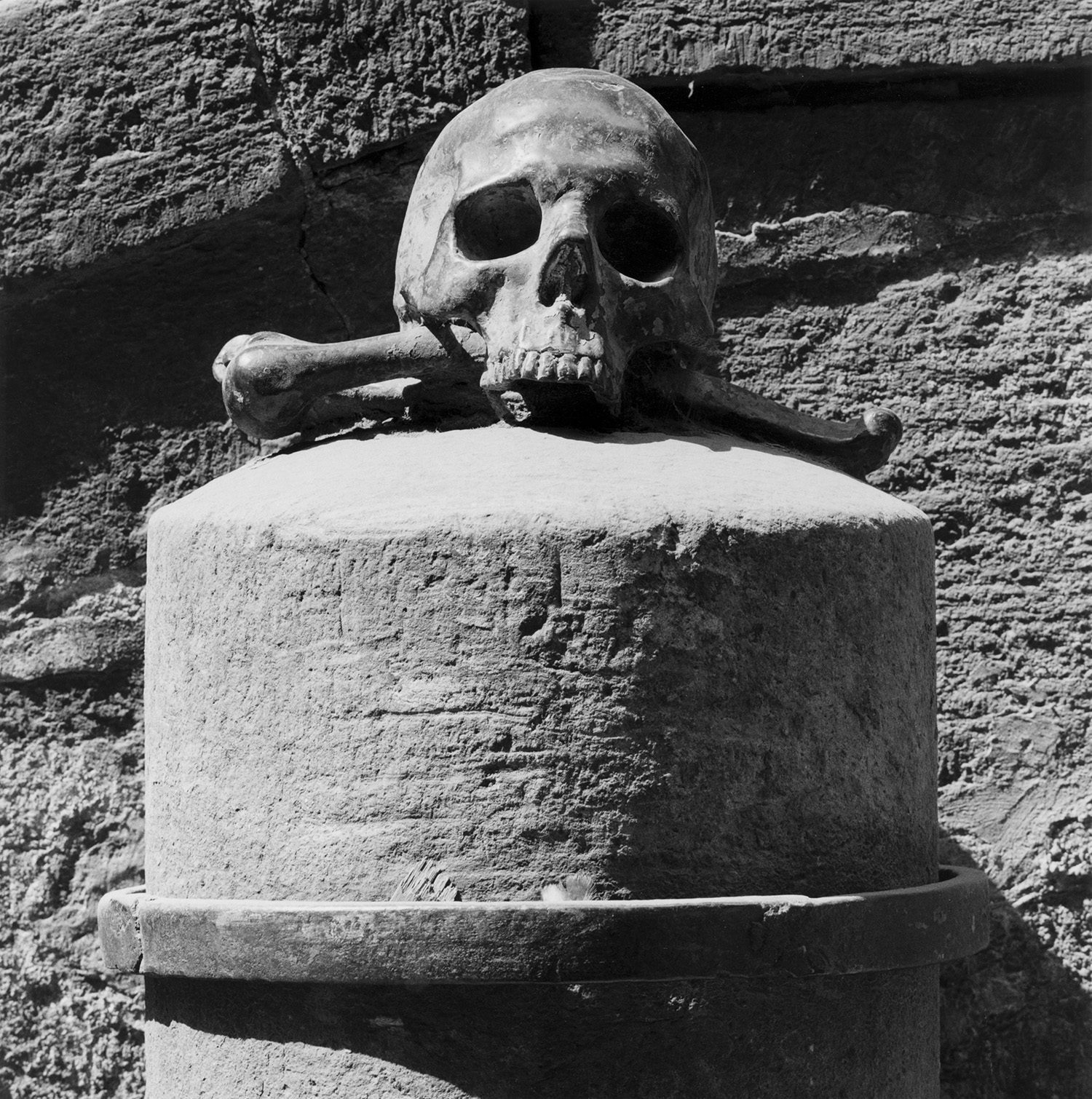
Robert Mapplethorpe
Skull and Crossbones, 1983
Gelatin silver print
Paper: 20 x 16 inches; Image: 13.75 x 13.75 inches
(Paper: Paper: 51 x 40.5 inches; Image: 35 x 35 cm)
©Robert Mapplethorpe Foundation. Used by permission.
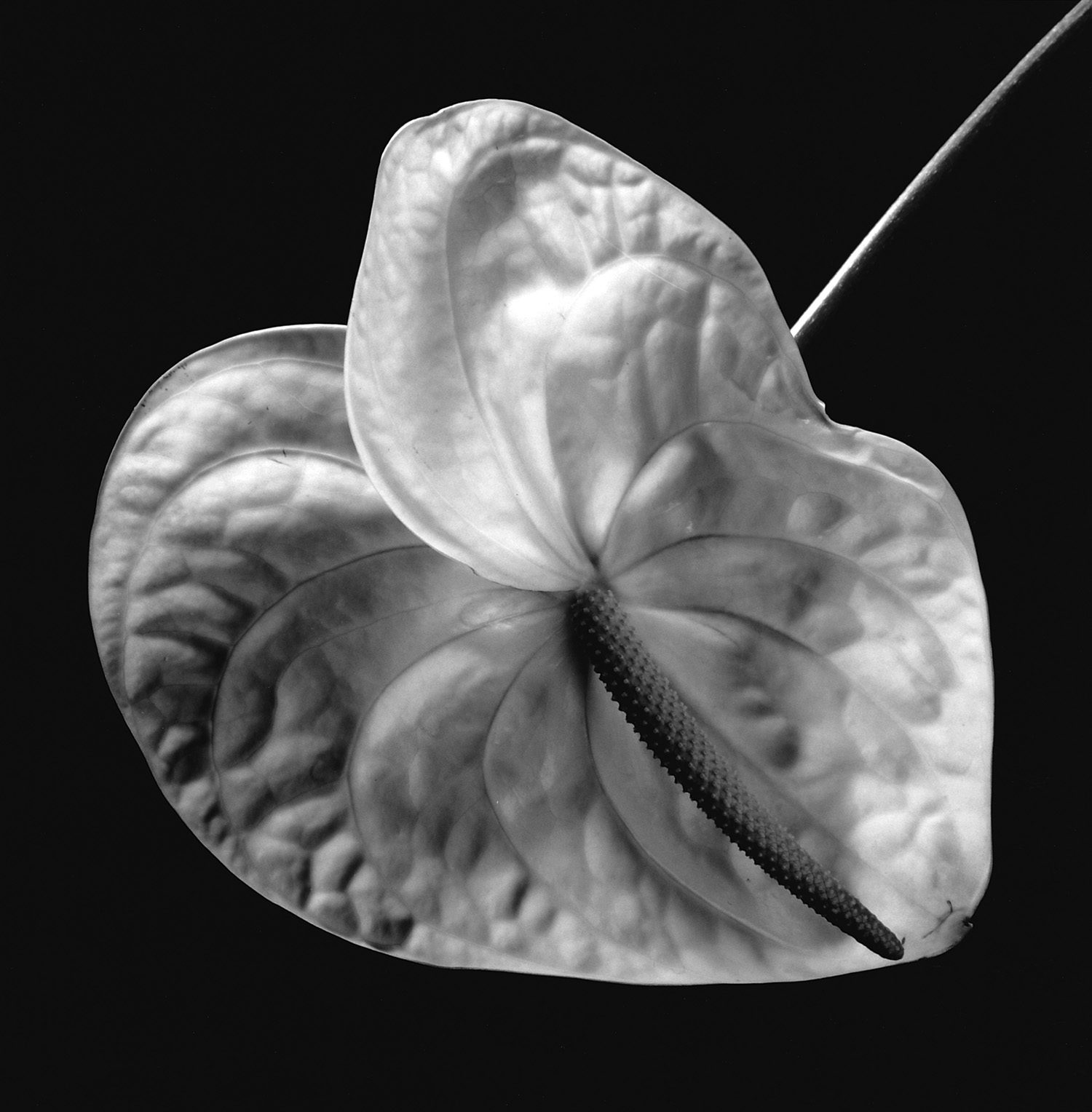
Robert Mapplethorpe
Anthurium, 1988
Gelatin silver print
Paper: 24 x 20 inches; Image: 19.25 x 19.25 inches
(Paper: Paper: 61 x 51 inches; Image: 49 x 49 cm)
©Robert Mapplethorpe Foundation. Used by permission.

Robert Mapplethorpe
Gourd, 1983
Gelatin silver print
Paper: 20 x 16 inches; Image: 19 x 15.25 inches
(Paper: Paper: 51 x 40.5 inches; Image: 48.5 x 39 cm)
©Robert Mapplethorpe Foundation. Used by permission.
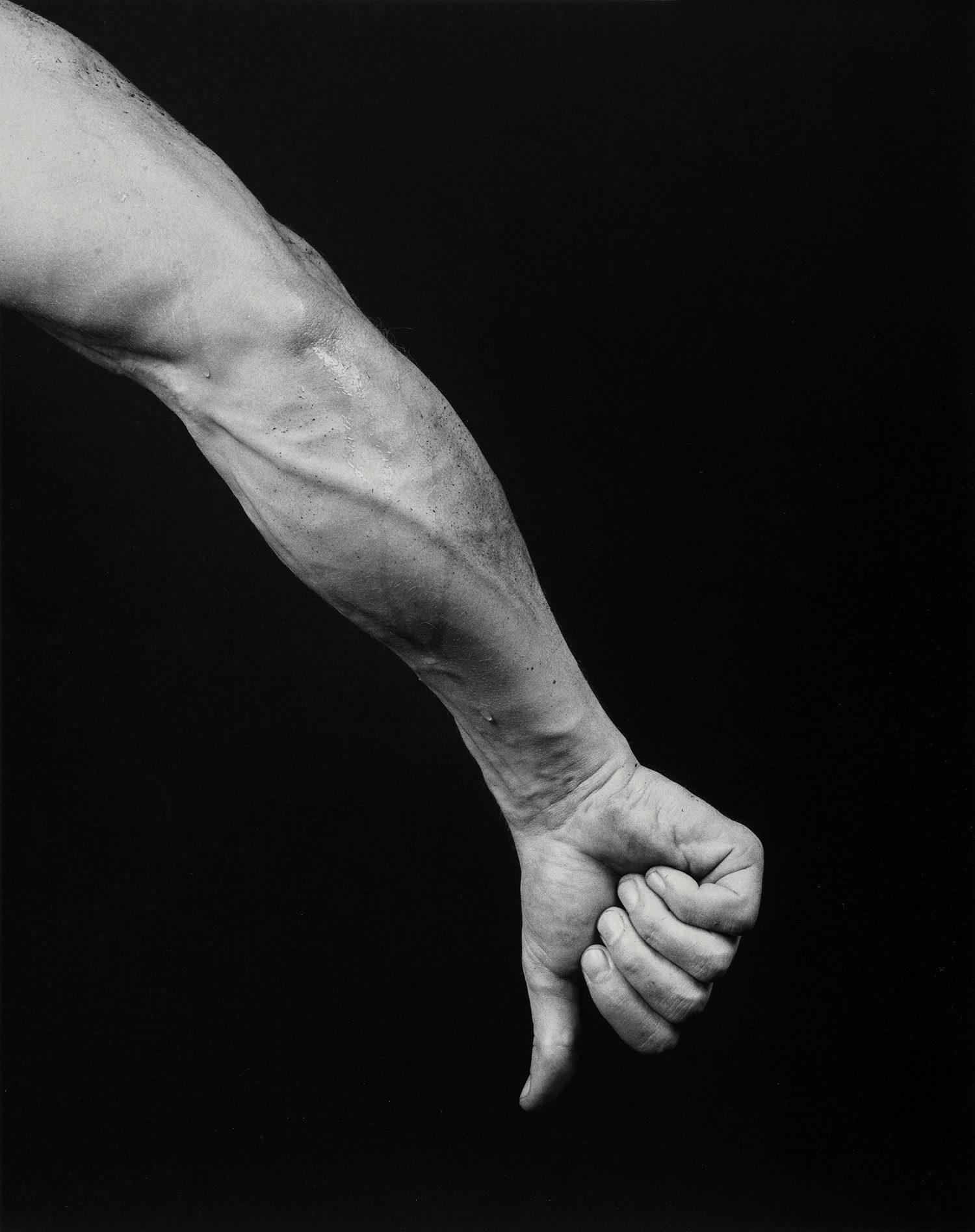
Robert Mapplethorpe
Thumbs Down, 1983
Gelatin silver print
Paper: 20 x 16 inches; Image: 19 x 15.25 inches
(Paper: Paper: 51 x 40.5 inches; Image: 48.5 x 39 cm)
©Robert Mapplethorpe Foundation. Used by permission.
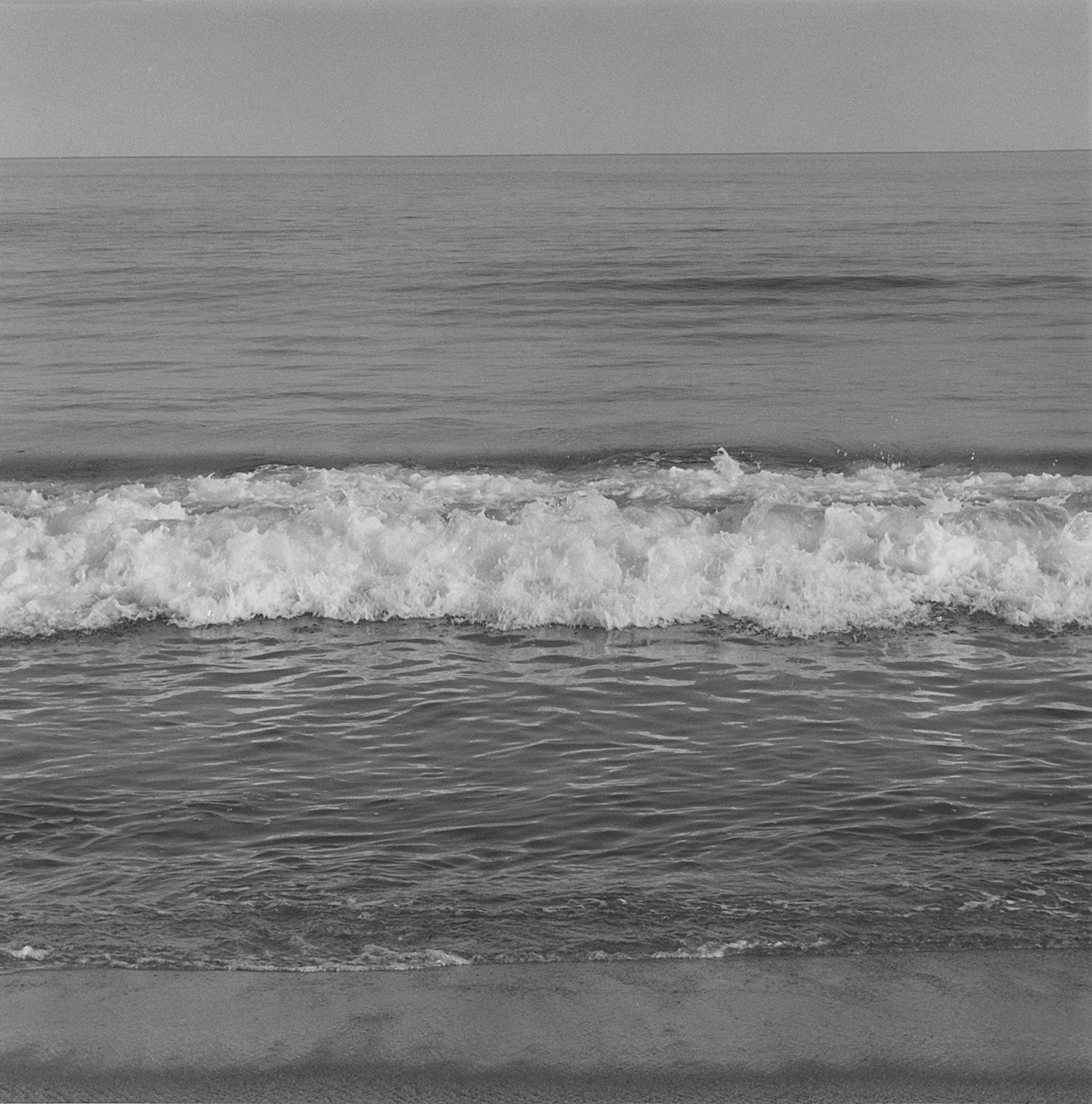
Robert Mapplethorpe
Waves, 1981
Gelatin silver print
Paper: 20 x 16 inches; Image: 14 x 14 inches
(Paper: Paper: 51 x 40.5 inches; Image: 35.5 x 35.5 cm)
©Robert Mapplethorpe Foundation. Used by permission.
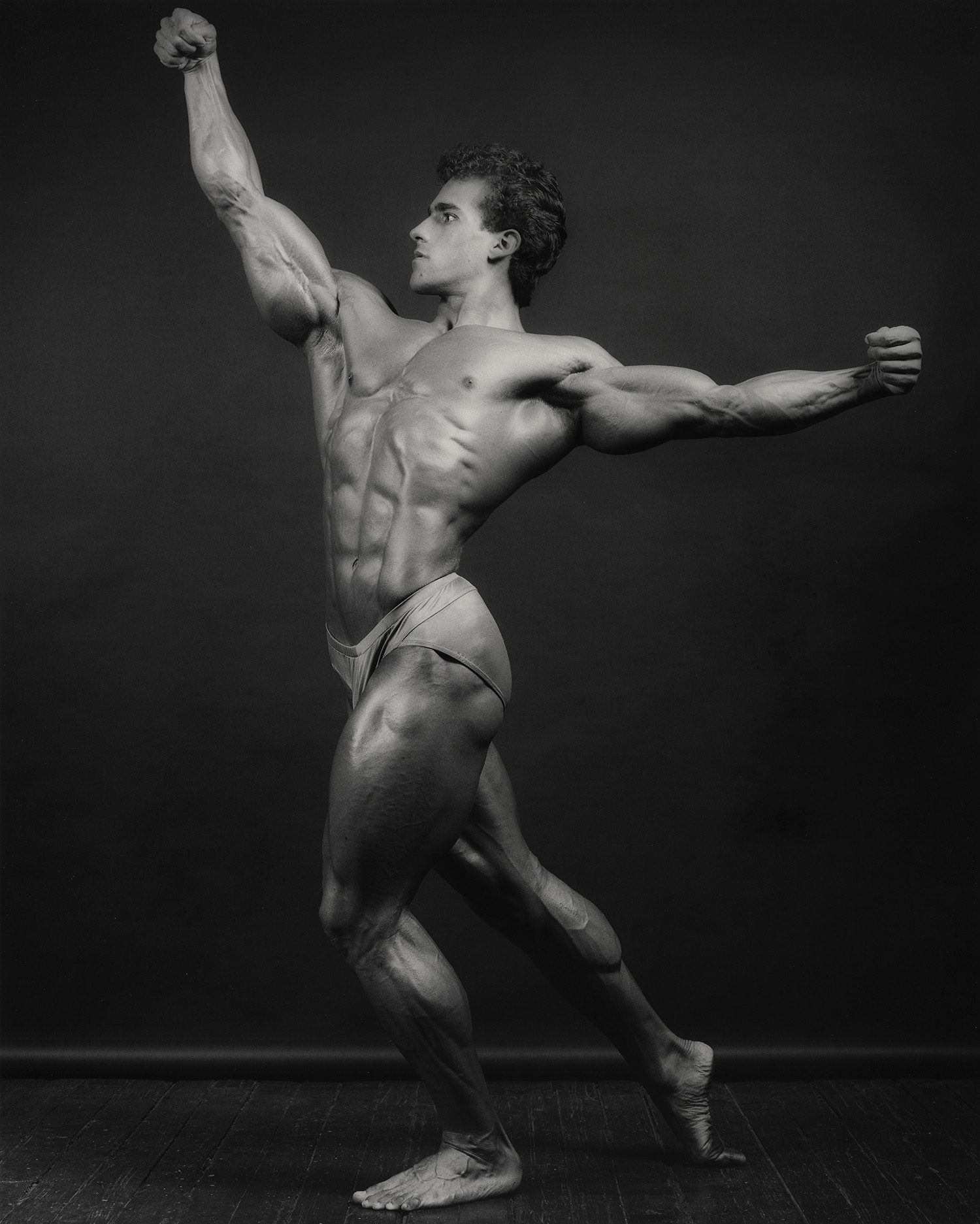
Robert Mapplethorpe
Bob Paris, 1982
Gelatin silver print
Paper: 20 x 16 inches; Image: 19 x 15.25 inches
(Paper: Paper: 51 x 40.5 inches; Image: 48.5 x 39 cm)
©Robert Mapplethorpe Foundation. Used by permission.
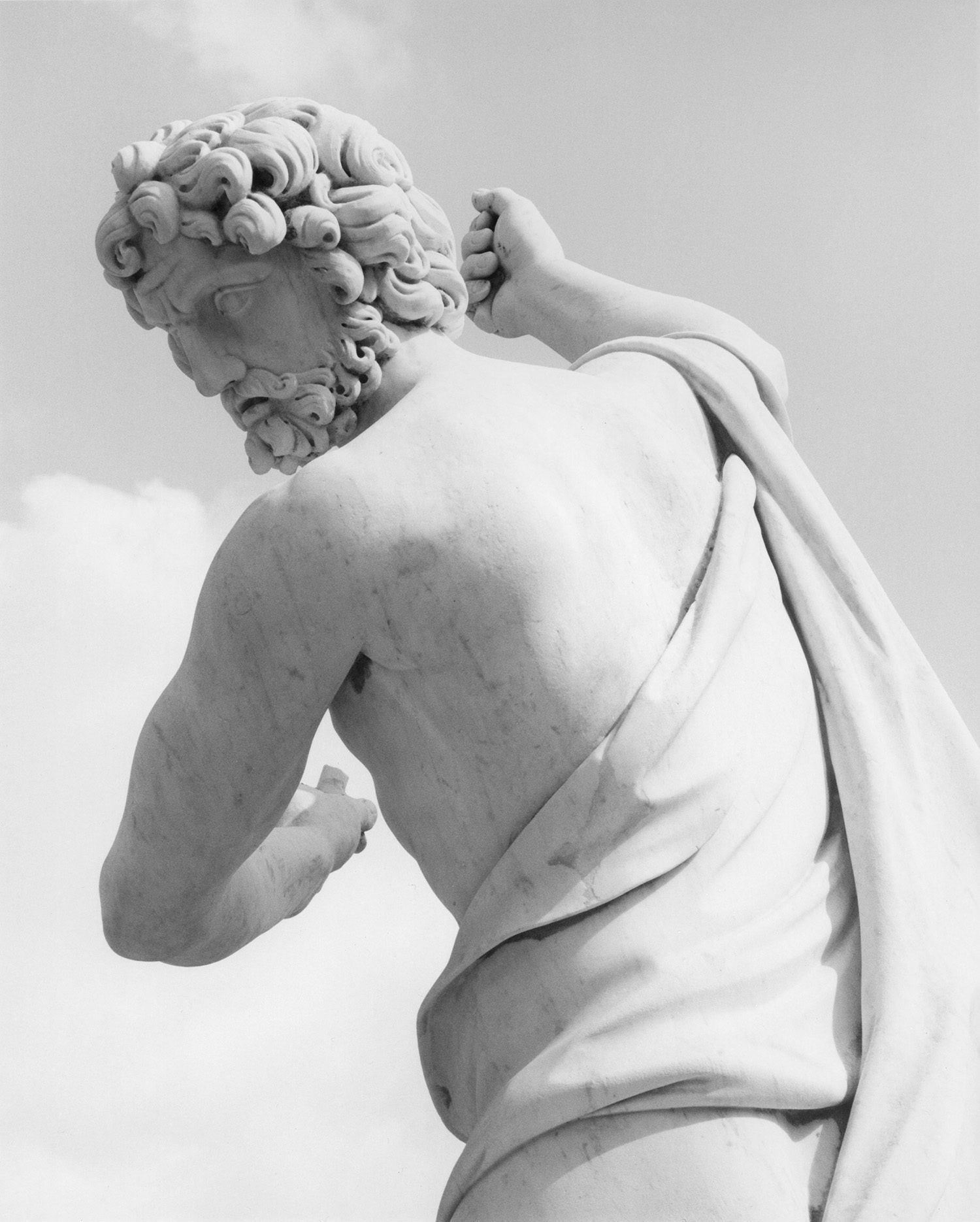
Robert Mapplethorpe
Statue Series, 1983
Gelatin silver print
Paper: 20 x 16 inches; Image: 19 x 15.25 inches
(Paper: Paper: 51 x 40.5 inches; Image: 48.5 x 39 cm)
©Robert Mapplethorpe Foundation. Used by permission.

Robert Mapplethorpe
James Brown, 1983
Gelatin silver print
Paper: 20 x 16 inches; Image: 19 x 15.25 inches
(Paper: Paper: 51 x 40.5 inches; Image: 48.5 x 39 cm)
©Robert Mapplethorpe Foundation. Used by permission.
